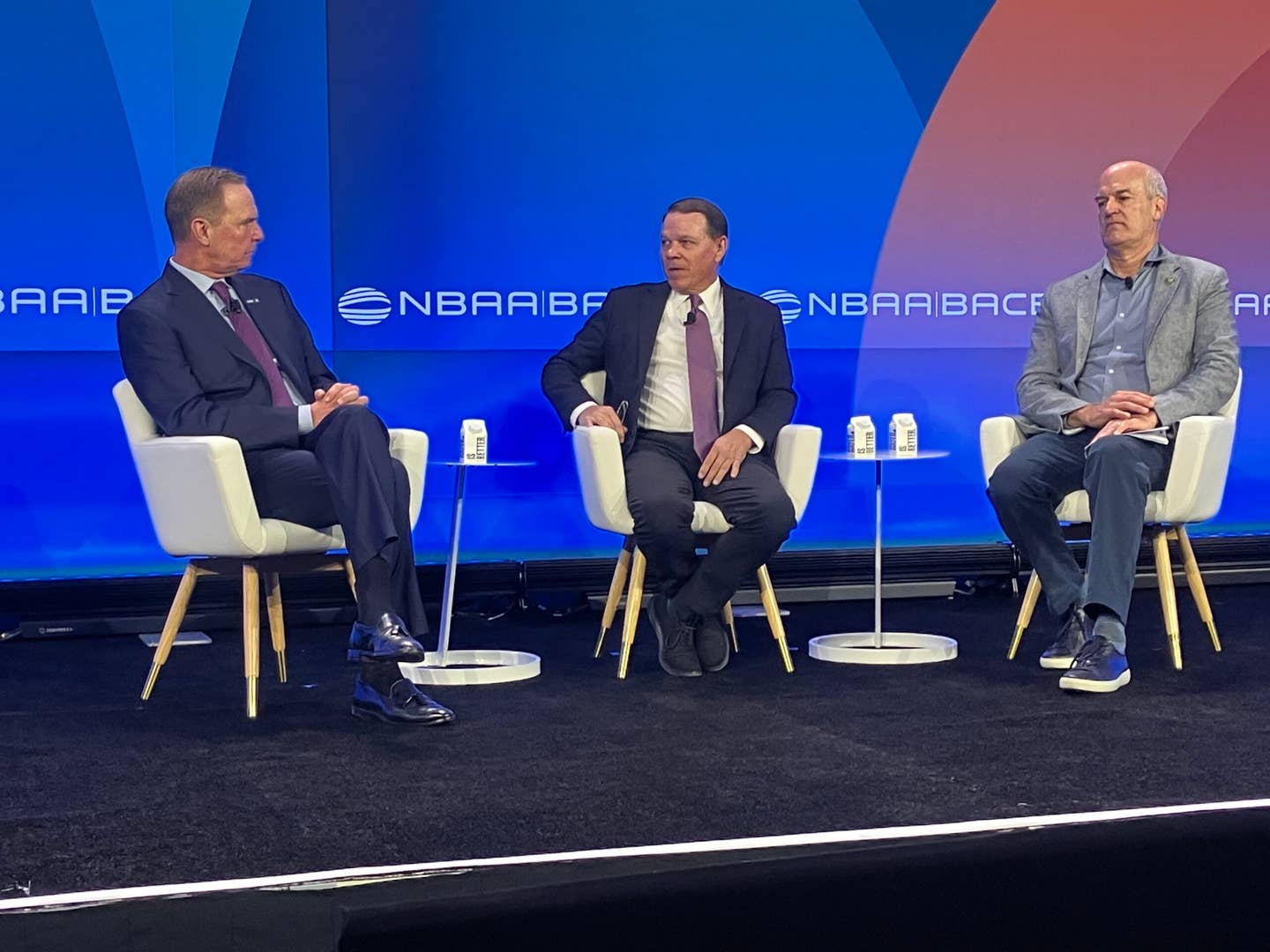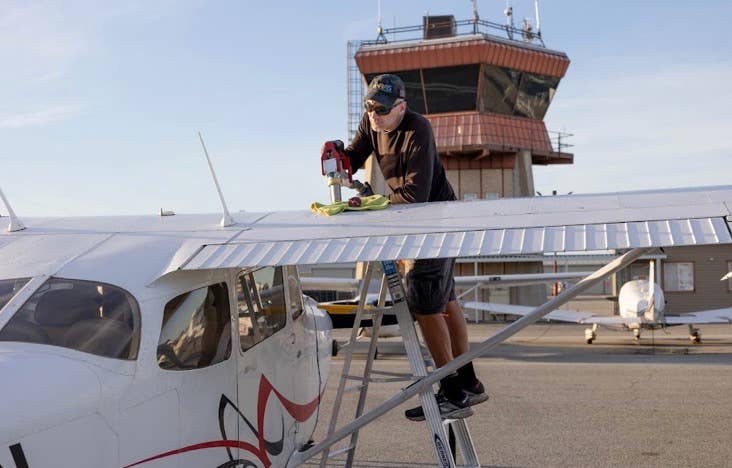Guest Blog: Reclaiming The Narrative To Change The Face Of Aviation
The history of women in aviation must be dealt with honestly to build a stronger future for them.

Ed. Note: Mireille Goyer is founder and president of the Institute for Women of Aviation Worldwide, which has marked the anniversary of the issuance of the first pilot certificate to a woman, Raymonde de Laroche, on March 8, 1910, with events aimed at welcoming women and girls into aviation held through the first week of March.
The historical silence or distortions surrounding women’s contributions to the air and space industry fuels harmful stereotypes about their capabilities in the present and robs the next generation of women of their rightful roots, negatively affecting their identity and sense of belonging. How can we claim to support women and yet suppress their contributions from our collective knowledge?
Within months of the world’s first human flight in late 1783, Parisian women climbed onboard the Montgolfier Brothers balloons. A decade later, Jeanne Labrosse was piloting a balloon solo and, with her husband, tinkering around with a parachute concept, eventually filing a patent for the design.
As dreamers across the world worked furiously to make flight practical, women were actively participating. Sadly, records of their achievements are hard to come by. To this day, many women’s breakthroughs and advances are more anecdotal than factual.
The inherent lack of data feeds a lucrative “women firsts” industry where almost any woman can claim a first, even when it is not, and, by doing so, suppress decades of women’s progress from our collective consciousness while reinforcing the narrative that women are newcomers to the industry, a significant entry barrier. Male and female early adopters are a rare breed comfortable with social isolation.
Still, some women’s firsts are well-documented and unquestionable. For example, by 1909, aircraft traffic in France was becoming intense enough that the Aéroclub de France established a set of rules for aircraft operations. A test-based pilot license became mandatory for commercial operations such as airshow flying and flight instruction in January 1910.
On March 8, Raymonde de Laroche became the world’s first woman to obtain the coveted pilot certificate. Her success marks the formal entry of women into the industry. A little over six decades later, at the height of the feminist movement, the United Nations chose March 8 as International Women’s Day (IWD), a day when women are recognized for their achievements and demand progress.
It should be a no-brainer for the aviation industry to remember Laroche’s March 8 breakthrough on the very day when the socially acceptable conduct is to highlight women’s historical achievements. Yet, few aviation stakeholders and pundits do. Unfortunately, far too many aviation women groups and female role models also fail to salute the woman who opened the doors for them.
Some behaviors likely take root in the lack of data visibility; others appear intentional. Whatever the case, they affect women’s confidence and perception of their role in the industry. Here in America, Charles Lindberg and Amelia Earhart are household names. One is associated with success, the other with an unsolved disappearance in high seas. Which one would you prefer to emulate?
The omnipresence of Amelia Earhart in our collective memory highlights how strategic historical distortion works. By the time Amelia set off on her fateful flight in 1937, female pilots had already flown over oceans, across all continents except Antarctica, in combat, and even for airlines. They had filed aircraft design patents, set up flight schools, and ran aircraft factories. Few know of their existence or their names. Removing the many successful female pilots from the narrative while spotlighting Amelia makes it easier to drive the message that women should probably stick to the kitchen, even if, truth be told, she had a male navigator onboard, so she should not have gotten lost, right?
Sometimes, intentional omissions appear to fall into the “avoidance of uncomfortable facts” category. That might explain why there are many attempts to rewrite history in aviation. For example, why are American women not first in flight, in the air or space? Were American women “not interested”?
The fact that French women were the first to fly in the late 1700s was a matter of geography and opportunity. But why were French women first again in the airplane category? The answer lies in noting that none of the first American female pilots piloted a Wright Brothers airplane. And the story kept repeating itself over the following decades. The world’s first airline began operating in Florida in 1912. However, Lufthansa was the first airline to hire a woman, Marga von Etzdorf, in 1927. During WWII, Germany and Russia actively recruited their existing female pilots and aeronautical engineers to join the war effort. America excluded them. American men had been flying in space for two years when the Mercury women watched Valentina Tereshkova launch into space from Russia.
These historical and sociological truths largely explain why the percentages of American women in certain aerospace occupations remain among the lowest in the Western world. They also void attempts to justify the underrepresentation by falsely accusing women of being unwilling/incapable of investing in their chosen education or engaging in shift work while watching women overwhelm medical schools and take on hospital shifts.
Highlighting women’s history is not just an act of overdue recognition and respect; it is a critical step towards a more accurate, inclusive, and just future. It is beyond time that we restore women’s substantial aviation roots to bring some normality to their participation and spur growth. The car industry nearly doubled when women got behind the wheel.
Our industry has held women at bay for over a century. So, it is. We cannot change the past. But we can remember it as is, analyze it, and shape a different future. That is precisely why I founded Women Of Aviation Worldwide Week in 2010, a global aviation awareness week centered on celebrating women’s past and present achievements and inviting girls of any age to experience our industry’s careers and hobbies hands-on.






